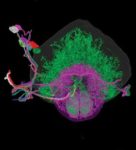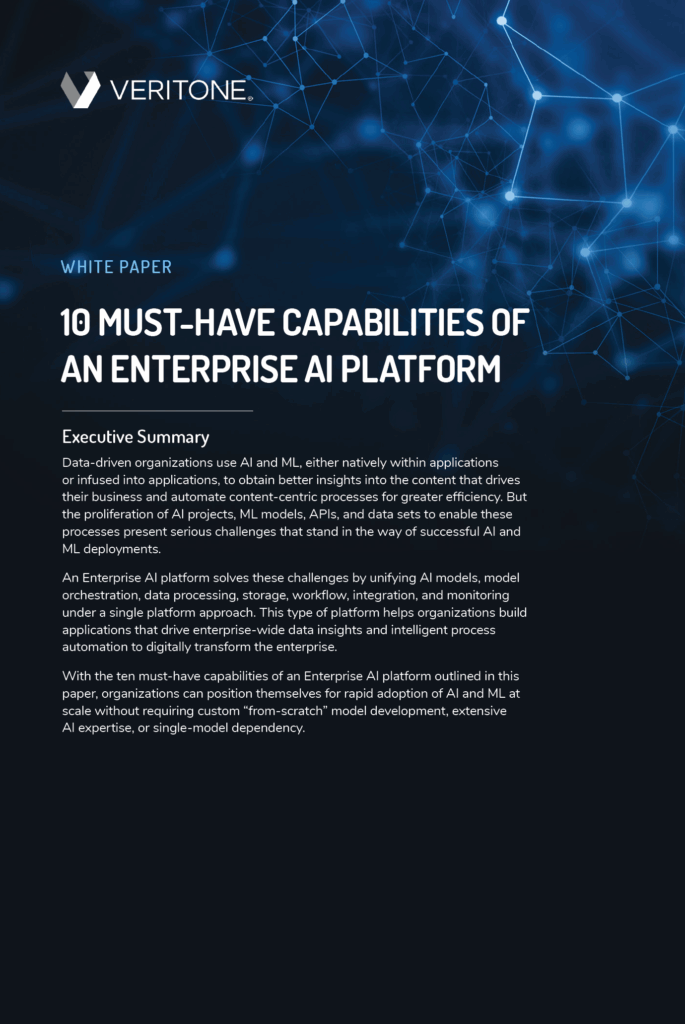In this video from SC19, Berkeley researchers visualizes an entire brain at nanoscale resolution. The work was published in the journal, Science. “At the core of the work is the combination of expansion microscopy and lattice light-sheet microscopy (ExLLSM) to capture large super-resolution image volumes of neural circuits using high-speed, nano-scale molecular microscopy.”
Brain Research: A Pathfinder for Future HPC
Dirk Pleiter from the Jülich Supercomputing Centre gave this talk at the NVIDIA GPU Technology Conference. “One of the biggest and most exiting scientific challenge requiring HPC is to decode the human brain. Many of the research topics in this field require scalable compute resources or the use of advance data analytics methods (including deep learning) for processing extreme scale data volumes. GPUs are a key enabling technology and we will thus focus on the opportunities for using these for computing, data analytics and visualization. GPU-accelerated servers based on POWER processors are here of particular interest due to the tight integration of CPU and GPU using NVLink and the enhanced data transport capabilities.”
xDCI Infrastructure Manages 3D Brain Microscopy Images at RENCI
Researchers at RENCI are using xDCI Data CyberInfrastructure to manage brain microscopy images that were overwhelming the storage capacity at individual workstations. “BRAIN-I is a computational infrastructure for handling these huge images combined with a discovery environment where scientists can run applications and do their analysis,” explained Mike Conway, a senior data science researcher at RENCI. “BRAIN-I deals with big data and computation in a user-friendly way so scientists can concentrate on their science.”
TACC Powers Surgical Simulations
Researchers are using TACC supercomputers for surgical simulations that could save lives.






